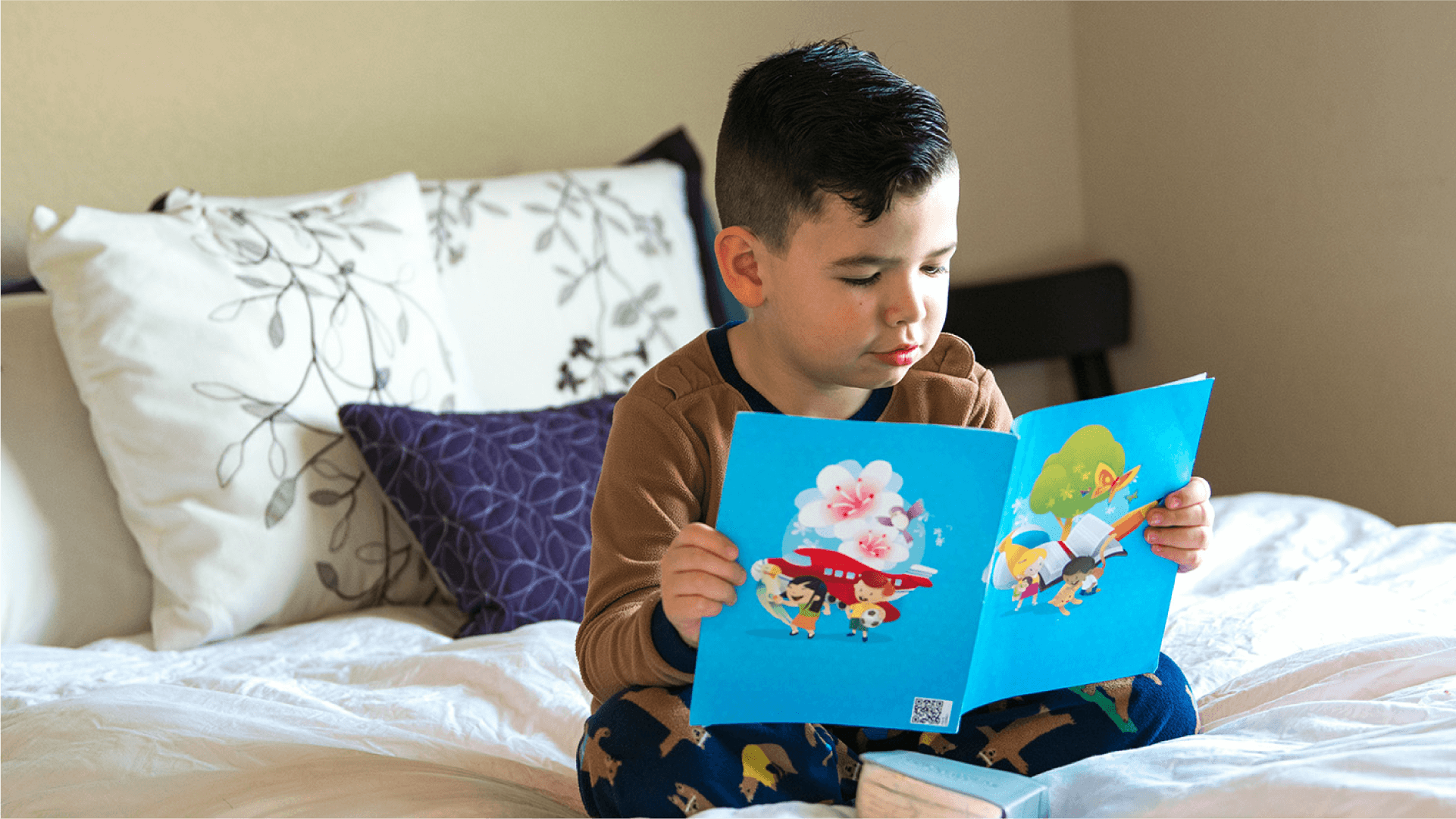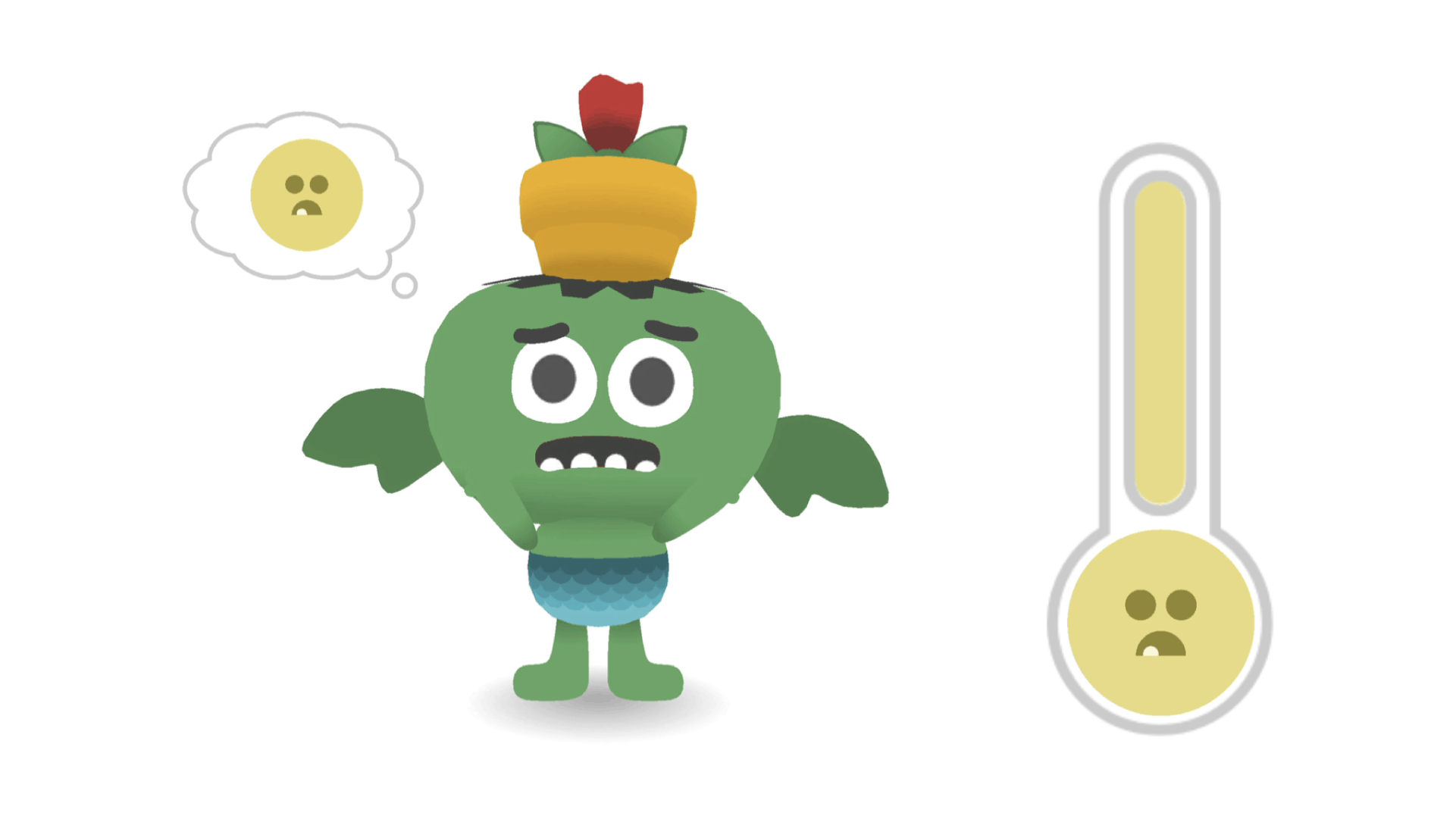
Guiding a child through their early educational needs can be a fun filled adventure, especially when fostering a love for reading. For parents and educators, understanding the role of reading for pleasure in 3 to 6 years olds is crucial. We explore the benefits, offer practical parenting tips, and introduce tools and games from Teach Your Monster (and others) that can significantly enhance the reading experience for kids.
The Magic of Reading for Pleasure
Let’s start with a question — why does early years reading actually matter? Well it’s not just about decoding words on a page, it's about opening doors to new worlds, sparking imagination, and building essential social skills. It's a vital component of literacy development, enhancing vocabulary, comprehension, and communication skills.
Boosting Confidence Through Literacy
Recognising letters, understanding phonics, and starting to read small words are significant early milestones for kids aged 3 to 6 years. Books and educational apps especially designed for early readers, like Teach Your Monster to Read or Reading for Fun, make learning these skills fun, immersive and interactive.
Building a child's confidence is an important stepping stone to building more advanced literacy skills. The more children engage with books (or reading in general!), the more their reading confidence grows. They start to recognise words, get their imagination going, start predicting where the story might go, and make lasting connections with characters they encounter.

Parenting Tips: Fostering a Reading Habit
- Storytelling Time: Make reading a daily ritual! Whether it's a bedtime story or a mid-day reading break, consistent exposure to books is key. The parents at Teach Your Monster love a reverse bedtime story, where their kid reads the bedtime story to them - why not try this at home?
- Interactive Reading: Use books and apps that are interactive and age-appropriate. Unsurprisingly we recommend Teach Your Monster Reading for Fun as an excellent example of an app that combines learning with play!
- Choose Engaging Books: Select books with rich vibrant illustrations and engrossing stories that play into your child's interests.
- Read Aloud: Reading aloud helps children understand the rhythm and melody of language, making any reading experience more enjoyable.
The Role of Educational Apps
Educational apps for kids can now play a significant role in literacy development. Apps like Teach Your Monster to Read take learning phonics and reading skills and turn them into an exciting rewarding adventure. They can offer a more personalised learning experience, making them a valuable tool for parents and educators alike.
One of our favourite UK teachers, Adam (Abbott Alphege Academy, 2023) says “Teach Your Monster Reading for Fun is absolutely fantastic in ensuring that children maintain a passion for reading and they are exposed to a wide range of texts. It’s engaging, it’s fun and it crosses the world of technology with the world of books and today, that’s really important, to bring those two together.”
The life-long journey of reading for pleasure in early childhood is more than just an educational milestone — it's the beginning of a lifelong love for books. By incorporating even just a few of these tips into a routine, parents and educators can help children become confident, and hopefully even enthusiastic readers!

Do you know what subitising is? In the world of early mathematics education, subitising has become a pivotal skill, crucial for developing a strong number foundation in 3 to 6 year olds. But what is it? Subitising as a concept that might seem complex, but is actually a simple and fundamental concept in early numeracy. Below we aim to demystify subitising, highlighting its importance through expert insights and practical tips for parents and educators.
What is subitising?
Subitising, as defined by math education experts, is the ability to 'instantly see how many' or framed another way to know the number of objects in a small group without counting them individually, (no finger counting or other aids!)
Here’s an example. On a table there’s two groups of blocks, one with 2 yellow blocks and one with 3 red ones.

How many in total are there? Using conceptual subitising, you can recognise, without counting the individual blocks, the whole quantity as 5 by by perceptually subitising two smaller quantities.
Bernie Westacott, renowned math expert (and Teach Your Monster consultant), emphasises the significance of subitising in early education: "subitising is not just about recognizing numbers at a glance; it's about understanding and visualising number relationships,"
Why is subitising important?
It helps form a solid foundation for complex mathematical concepts. As Bernie notes, "Subitising lays the groundwork for more advanced mathematical thinking, including addition and subtraction." Essentially it's the stepping stone to understanding bigger numbers and mathematical operations.
Regular subitising activities can enhance a child’s numerical fluency, making them more comfortable and confident with numbers.
Subitising aids cognitive development, improving memory, attention, and logical thinking, essential for problem-solving.

Incorporating subitising into daily learning
Here are a few practical tips to incorporate subitising in your day to day activities.
Educational Apps. Games like Teach Your Monster Number Skills are an excellent way to integrate subitising into children's playtime through engaging, fun activities that reinforce number recognition and relationships.
Everyday Activities. Simple household items can become tools for subitising practice. Using items like buttons, fruits, or toys can make learning more tangible and relatable.
Storytelling and Visual Aids. Incorporating stories and props can make the abstract concept of numbers more concrete and understandable for young minds. Questions like ‘How many’ are very useful for this. Why not have a toy party, where toys come and go and your kid needs to subitise how many are there?

Expert Tips for Parents and Educators
Engage in Playful Learning. Integrating subitising into games and playful activities. As Bernie Westacott suggests, "Make learning a joyful and engaging experience."
Connect with Real-life Examples. Applying subitising to everyday situations to help children understand the relevance of math in their daily lives.
Foster Collaborative Learning. Group activities encourage children to learn from and with each other, enhancing their social and cognitive skills.
Subitising is such an important step to a deeper understanding and appreciation of numbers in the young mind and it doesn’t take much to start embedding subitising in children's daily activities and play. We hope these tips help!

For parents and teachers of 3 to 6 year olds, understanding and managing anxiety is one of the many challenges we face. For children this age it’s not just about learning ABCs and 123s — it's also when children develop emotional intelligence. Anxiety, worry and fears are common, but often misunderstood aspects of child development.
Understanding Anxiety in Young Children
Anxiety in children can manifest differently compared to adults. For a 3 to 6 year-old, anxiety might appear as fear of the dark, separation anxiety, or worries about new experiences. It's a natural part of growing up. However, it becomes a concern when it interferes with their daily activities or development.
Key Signs of Anxiety in Children:
- Excessive worry about routine activities
- Reluctance to engage in social interactions
- Persistent fear or avoidance of specific situations
- Physical symptoms like headaches or stomach aches
- Sleep disturbances
Some things that could help with children’s anxiety:
- Create a Safe and Supportive Environment. Reassuring children that they are safe can help ease their worries. An environment where feelings are acknowledged and discussed openly can significantly reduce anxiety levels.
- Encourage Expression of Feelings. Using age-appropriate language to encourage a child to express their fears and worries can help them understand and manage their emotions better.
- Establish Routines. Consistent daily routines provide a sense of security and predictability, which can alleviate anxiety.
- Model Positive Behaviour. Children often imitate their parents. Displaying calm and confident behaviour in situations that trigger your child’s anxiety can teach them how to react appropriately.
- Positive Reinforcement. Praising and rewarding children for facing their fears can boost their confidence and reduce anxiety over time.
Educational Apps for Kids: A Modern Approach to Anxiety
Educational apps have become valuable tools in addressing childhood anxiety. These apps can offer engaging ways for children to learn about emotions and coping strategies.
- Teach Your Monster Feelings (Tiny Demo). We’ve developed a brand new conceptual demo for a game centred around recognising and managing worry. The game encourages kids to take care of their monster. Using exciting new inventions (a Feelings Scanner and Feelings Meter), children can have fun working out what their monster is feeling and helping their monster ease their worry. We hope to turn it into a full game at some point, so any feedback will help us learn and grow on this small slice of gameplay!
- Mindful Powers. This app focuses on mindfulness for kids, teaching them how to focus their thoughts and calm their minds, which is beneficial in managing anxiety.
- Breathe, Think, Do with Sesame. A great app for younger kids, it helps them learn to calm down and solve everyday challenges, teaching skills to deal with anxiety.
- Positive Penguins. This app is designed to help children understand why they feel the way they do and how to shift negative thinking patterns.
By recognising the signs of anxiety, creating a supportive environment, and using tools like games or books, you can help your child navigate their emotions effectively. Remember, every child is unique, and what works for one may not work for another. It’s about finding the right balance and approach for your child!
Here are some printable resources about feelings available for free…
If you’re looking for books about feelings, here’s our Teach Your Monster favourites!
Ruby’s Worry: A Big Bright Feelings Book, Tom Percival, Bloomsbury Publishing
How Are You Feeling Today? Molly Potter, Bloomsbury Publishing
The Colour Monster and The Colour Monster Pop-Up, Anna Llenas, Templar Publishing
All About Feelings, Felicity Brooks, Usborne Publishing
Ravi's Roar: A Big Bright Feelings Book, Tom Percival, Bloomsbury Publishing






